A sea full of stars is due to the phenomenon of bioluminescence. This is a type of chemical reaction that occurs in some living bodies and produces ‘cold light’, as less than 20% of the light produces heat.
Imagine taking a romantic walk on the beach, the soft calming sound of the waves and the sea breeze playing with your hair. The waves touch your feet as you walk along the coast, completely carefree and happy. You can appreciate nature for all its beauty, but just as you are about to walk in deeper, you realize that the water below you is glowing like stars, as if the night sky had fallen down!
You may take a closer to look to see what’s going on, and while you won’t be able to see the individual glowing sources, let me tell you that they’re nothing but friendly algae!
However, this is not something that you see at every beach.
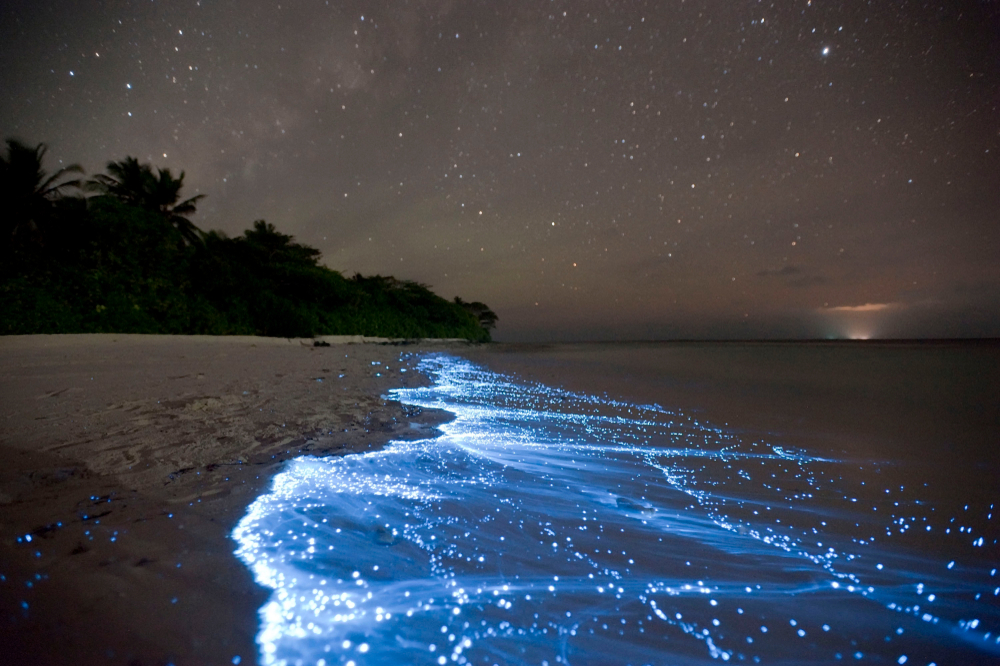
What makes these particular beaches glow like fairy lights? The simple answer is bioluminescence.
A common example of animals that possess this ability to glow are fireflies. Bioluminescence is an important form of communication in the sea and is also widely studied to understand predator-prey interactions. The process of producing light as the result of a chemical reaction occurring within a living organism is called bioluminescence.
Which Marine Organisms Possess Bioluminescence?
The ability to glow is not limited to algae, but also displayed by other marine organisms like certain species of bacteria, jellyfish, worms, crustaceans and fish that also possess this unique feature. In many cases, some marine animals are known to engulf bacteria or other bioluminescent organisms and thus gain the ability to glow. The Hawaiian bobtail squid is one such example.
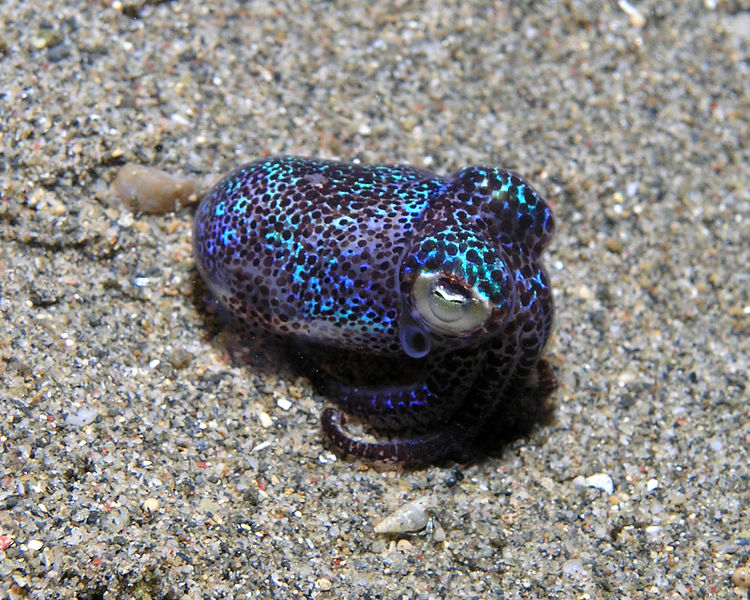
While multicellular organisms are more popularly recognized for this ability, unicellular organisms (algae) called dinoflagellates are marine creatures that are commonly bioluminescent.
The dinoflagellate species Noctiluca scintillans, also known as sea sparkle, is one of the many dinoflagellate species that express bioluminescence when disturbed. Bioluminescence is used as a defense mechanism to startle predators. Dinoflagellates are found all over the world in coastal waters. Contrary to the picture perfect image they create, some of their popular names include ‘sea ghost’ or ‘fire of the sea’. People might think you’re a bit odd if you told them that you saw a couple of sea ghosts at the beach last night, but it’s easier than remembering the name Noctiluca scintillans!
Also Read: How Do Squid Use Bacteria As Camouflage?
What Color Is Bioluminescence?
Why does the sea look blue-green in color, rather than red, pink or yellow?
Finding this answer requires that we venture into the world of wavelengths. Let’s begin by appreciating the depth of ocean water. The ocean is so deep that the light from the sun is unable to reach the ocean floor, resulting in little or almost no reflection off the ocean bed.
The absorption and scattering of light is what makes all the difference when we talk about the different colors of the sea. The entire visible spectrum of white light touches the sea water, but not all of it is absorbed. Only the red, yellow and green light is absorbed by the water, leaving blue light to reflect back to us. The absorption of light is strong for different regions of the visible spectrum, but weak for blue light. This blue light is reflected back to us due to the scattering effect of the water molecules.
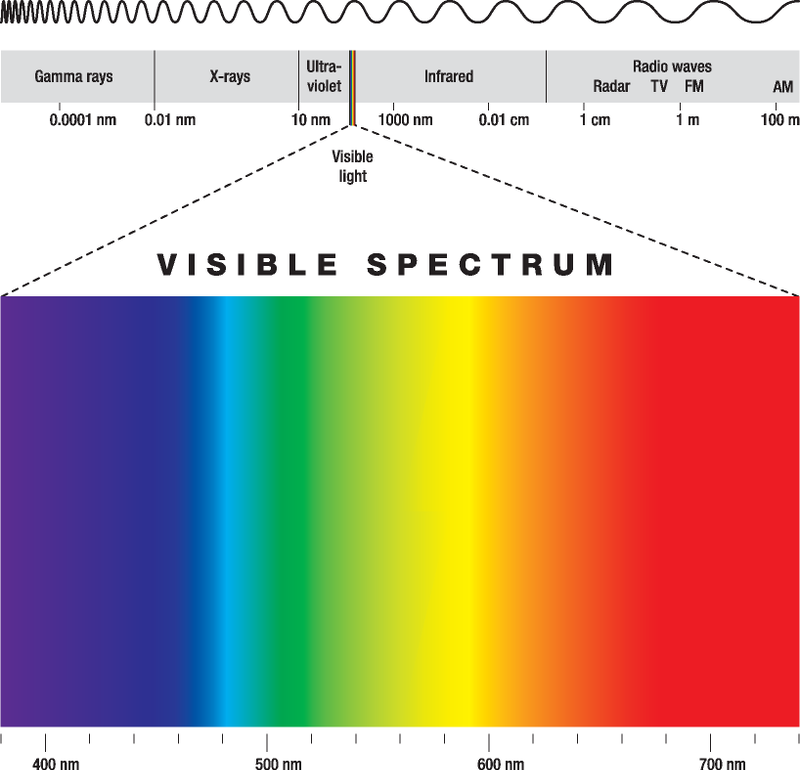
Water molecules at the shore are more scattered due to their interaction with sand and gravel, resulting in additional scattering of light. Some algae (like Noctiluca scintillans) have the ability to absorb certain wavelengths of light and then reflect back the blue light, giving us our fairytale dream of an ocean full of stars!
Also Read: Ocean Color Science: Why Is Ocean Water Different Colors In Different Places?
Causes Of Marine Bioluminescence
Bioluminescence is a type of chemical reaction that occurs within the living body. It is referred to as ‘cold light’, as less than 20% of the light produces heat.
The reaction requires the substrate luciferin and the enzyme luciferase. These reactions take place in the presence of oxygen. Some microorganisms are known to produce luciferin on their own. In the presence of oxygen, luciferin reacts with the luciferase enzyme to form the byproduct oxyluciferin and water, resulting in the production of light and rendering the oxidized luciferin inactive.

Also Read: How Do Some Mushrooms Glow In The Dark?
Why Do Organisms Exhibit Bioluminescence?
Many organisms light up as a defense mechanism or to confuse predators. The vampire squid is one such example; this squid lacks ink sacks and instead ejects a gluey bioluminescent liquid that startles and confuses potential predators. The brittle starfish is another class of marine animals that use bioluminescent light to distract predators. They possess the ability to detach a part of their body that produces light, so the predator ends up following the glowing arm, while the animal can make its escape.
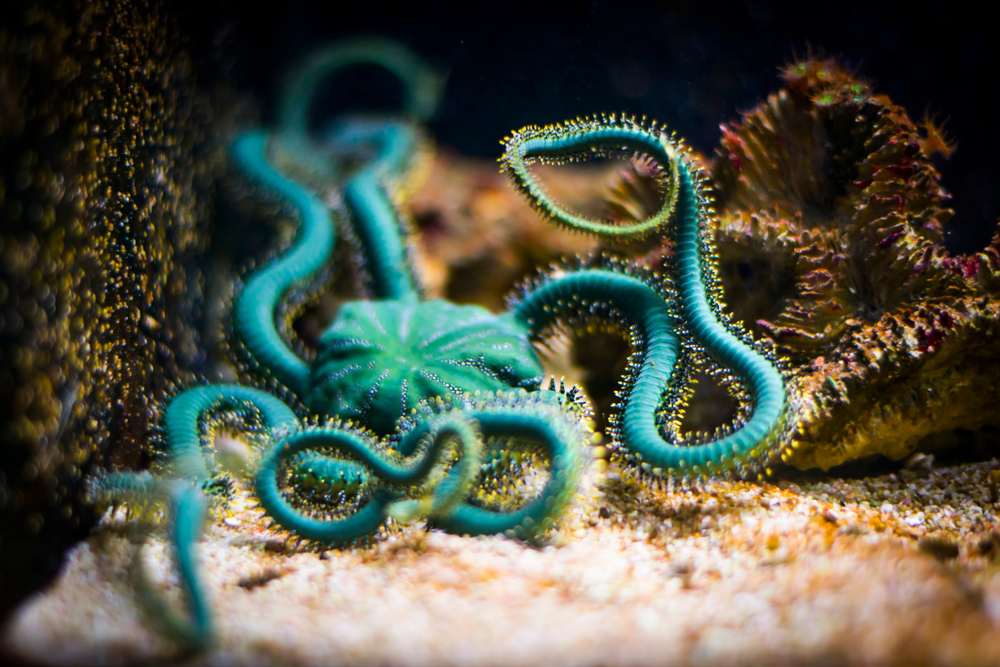
Some marine organisms probably thought they were smarter than their quarry and evolved to light up as a means of attracting prey. The anglerfish is one of the most famous predators to use bioluminescence as a means of attracting their prey. The fish has a large head topped with a fleshy growth called the filament, which lights up like a bulb. Smaller fish come close to this glowing dot out of curiosity and quickly end up being eaten by the predator. They are unable to see the large and scary fish behind this prominent and seemingly innocent glow.
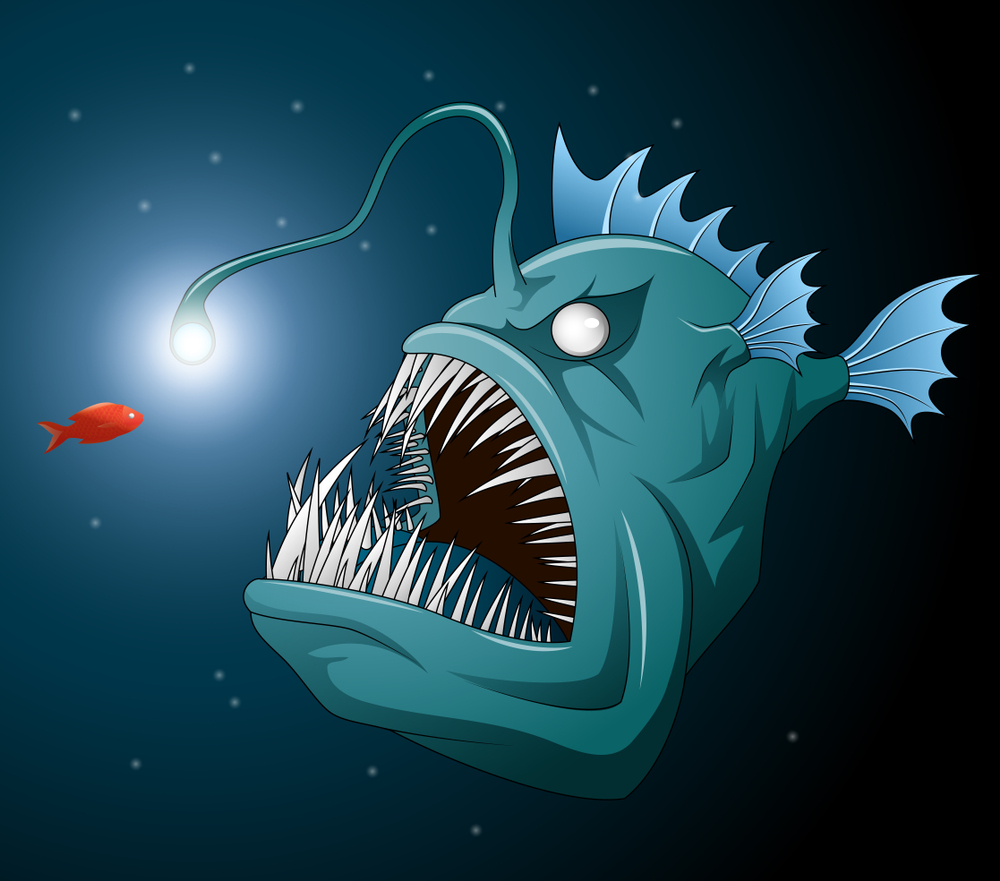
You might want to be careful before you touch any glowing object in the seas, but the brilliant appeal of bioluminescence is certainly understandable. It is a fascinating phenomenon that occurs in certain marine creatures and terrestrial insects, showing us once again how nature never fails to amaze!
How well do you understand the article above!

